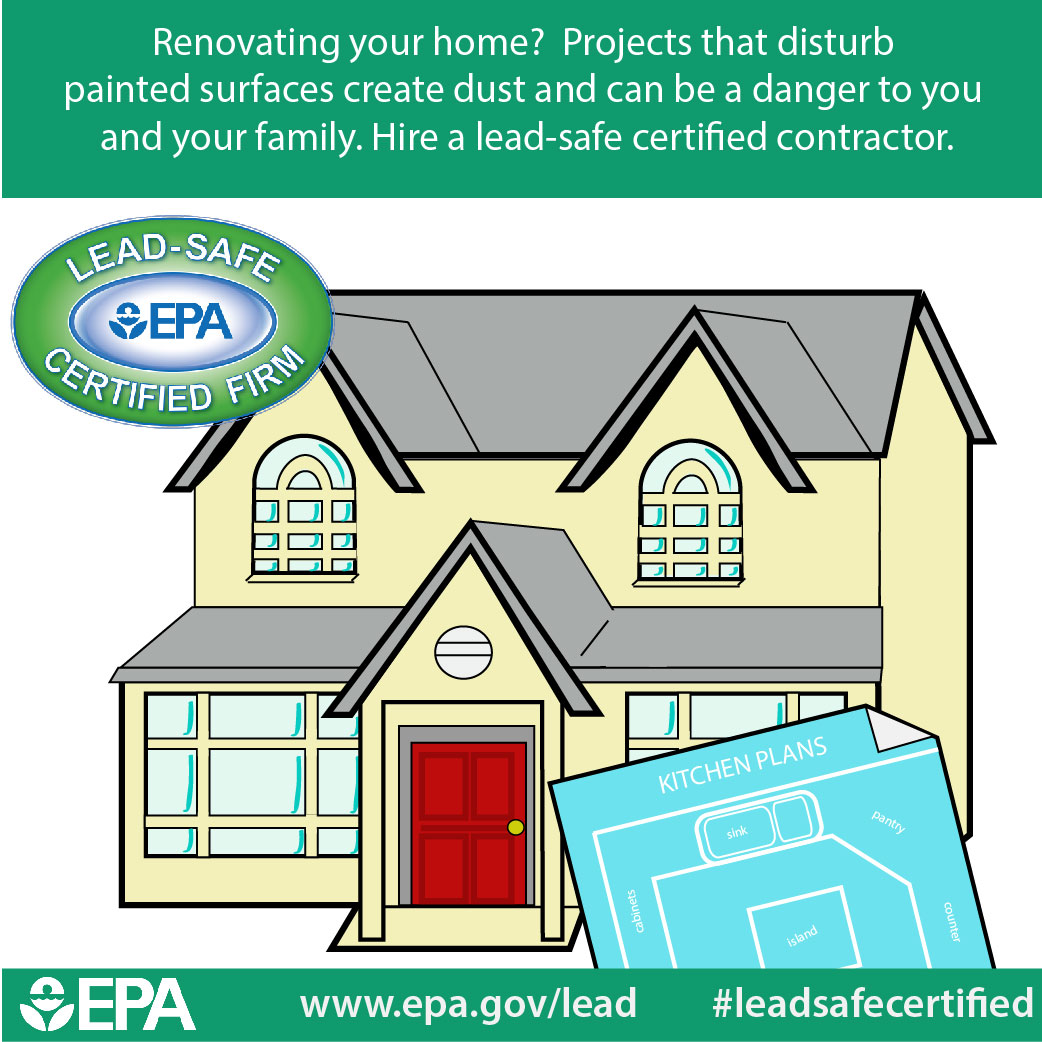Find Out How Weather Elements Can Affect The Success Of Your Outside Paint Project And Achieve A Flawless Finish
Find Out How Weather Elements Can Affect The Success Of Your Outside Paint Project And Achieve A Flawless Finish
Blog Article
Personnel Writer-Kidd Pedersen
Comprehending exactly how climate condition can influence the result of an outside painting endeavor is extremely important for attaining a perfect coating. From temperature level changes altering paint attachment to moisture levels influencing drying times, each component of weather plays a substantial function in the success of your project. Moreover, wind rate and rainfall can present unforeseen difficulties that might endanger the high quality of the final result. As we browse through the nuances of weather's influence on exterior paint, it ends up being evident that careful preparation and calculated timing are essential for guaranteeing a specialist and resilient outcome.
Ideal Temperature Level Variety for Paint
When taking into consideration outside painting tasks, the optimal temperature array plays a critical role in accomplishing optimal outcomes. Paint in the appropriate temperature conditions ensures that the paint sticks effectively to the surface, dries out equally, and cures effectively. Usually, the advised temperature level variety for exterior painting is in between 50 to 85 degrees Fahrenheit.
Paint in temperatures listed below 50 degrees Fahrenheit can cause concerns such as bad paint attachment, extended drying out times, and a boosted probability of cracking or peeling.
On the other hand, paint in temperatures above 85 degrees Fahrenheit can trigger the paint to completely dry too swiftly, resulting in blistering, gurgling, and an unequal surface.
To accomplish bathroom paint jobs , it is essential to inspect the weather report before starting an external painting task. Ideally, goal to repaint throughout mild weather with modest temperatures and low moisture degrees.
Impacts of Humidity on Paint Drying
Moisture degrees significantly affect the drying procedure of paint related to exterior surfaces. High humidity can extend the drying out time of paint, leading to potential problems such as dripping, spotting, or even the formation of bubbles on the repainted surface area. Excess dampness airborne reduces the evaporation of water from the paint, hindering the curing procedure. Click Link is especially problematic for water-based paints, as they rely on dissipation for drying out.
On https://judahcykuf.bloggazzo.com/32976098/improve-your-home-s-curb-charm-the-advantages-of-working-with-expert-residence-painters , reduced humidity degrees can likewise impact paint drying out. Extremely completely dry problems might cause the paint to dry as well promptly, leading to poor adhesion and a harsh surface. In such situations, adding a paint conditioner or splashing a fine mist of water in the air can assist control moisture degrees and enhance the painting outcome.
To ensure optimum drying out problems, it is a good idea to paint when the moisture levels range in between 40% and 50%.
Tracking moisture levels and taking proper measures can aid accomplish a smooth and long lasting paint finish on outside surface areas.
Wind and Precipitation Considerations
Wind rate and precipitation are vital variables that substantially affect the success of an exterior paint job.
When it concerns wind, both rate and instructions are vital considerations. High wind speeds can cause paint to dry as well promptly, resulting in a subpar finish with possible problems like breaking or unequal appearance. Furthermore, wind can lug debris that might adhere to the wet paint, resulting in blemishes. As a result, painters must aim to deal with days with light to modest winds for ideal painting problems.
On the other hand, rainfall, whether rain or snow, can be exceptionally damaging to the outcome of an exterior paint task. Wetness from precipitation can impede paint adhesion, triggering peeling and bubbling over time. It is essential to prevent paint throughout wet or snowy weather to make certain the long life and top quality of the paint task. Painters need to additionally permit enough time for the surface area to dry thoroughly after any type of rainfall before starting or resuming the paint process.
Conclusion
To conclude, weather play a considerable duty in the result of an outside painting task. The excellent temperature variety, moisture degrees, wind speed, and rainfall all add to the success or failure of the paint work.
It is essential to consider these aspects and strategy as necessary to guarantee proper paint adhesion, drying times, and overall high quality of the completed item.
